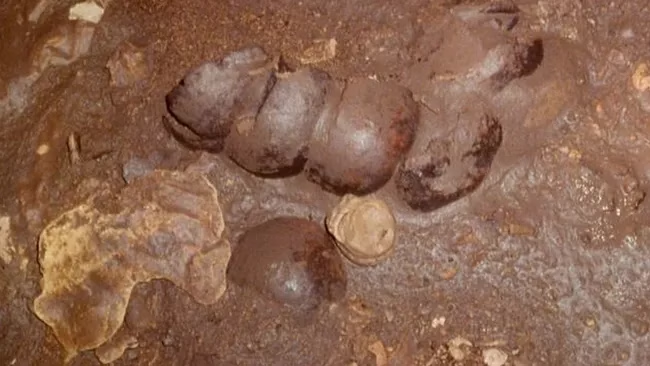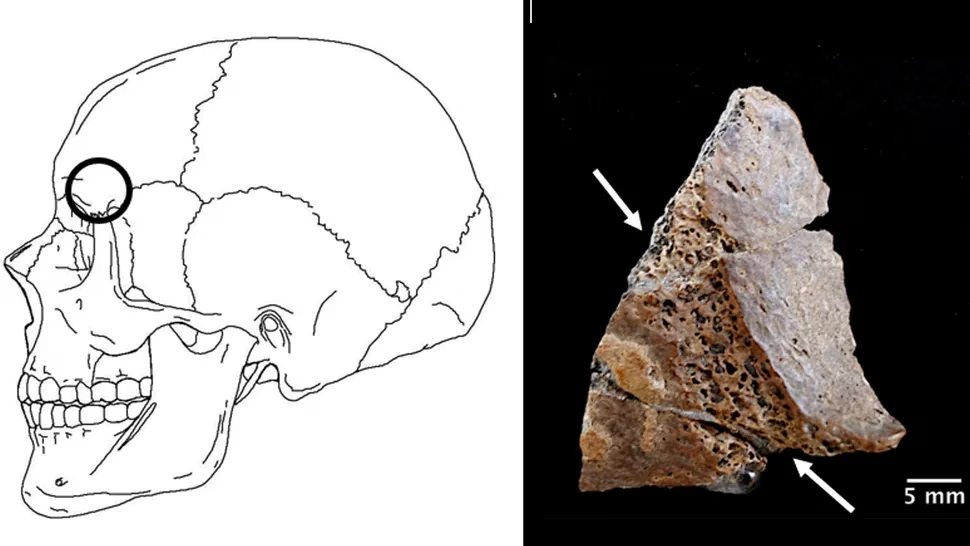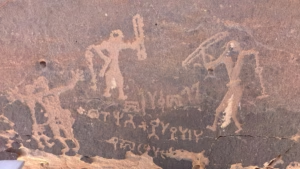Recent excavations in Guatemala’s Cueva de Sangre have revealed a chilling scene of ritual sacrifice: shattered skulls, human bones, obsidian blades, and ceremonial pigments scattered across the cave floor.
In the dense jungles of Guatemala’s Petén region, a dark chapter of ancient Maya civilization is coming to light. At Cueva de Sangre—which translates to Cave of Blood—archaeologists have uncovered a disturbing array of human remains, ritual blades, and sacrificial pigments, believed to be remnants of ceremonial human sacrifices performed over 1,500 years ago.
The site, first discovered in the 1990s, contains more than a hundred human bone fragments, many showing signs of blunt force trauma, ritual dismemberment, and non-anatomical arrangement—clear markers of intentional sacrificial rites.

“These individuals were treated very differently from the rest of the population,” said Dr. Michelle Bleuze, an archaeologist from California State University.
“The bones weren’t buried—they were left on the surface, some deliberately arranged. In one area, we found four skulls stacked on top of each other. That’s not random. That’s ritual.”
Among the remains were children’s bones, including the pelvic bone of an infant with trauma likely inflicted at the time of death. A skull fragment bore the impression of a heavy blow—possibly from a ceremonial axe.
“The trauma patterns and the placement of the bones suggest not just violence, but ceremonial violence—ritualized, symbolic, and deeply spiritual,” Bleuze explained.
Archaeologists also found obsidian blades and red hematite pigment—both commonly associated with ancient Mesoamerican rituals. These findings, along with the seasonal access to the cave (likely only reachable during the dry season from March to May), suggest that the sacrifices may have been timed with agricultural or religious festivals, particularly those honoring the Maya rain god Chaac.
Even today, remnants of these traditions live on. In modern Maya communities, May 3rd is celebrated as the Day of the Holy Cross, a time when people visit caves to pray for rain and good harvests—a custom eerily reminiscent of their ancestors’ rituals.

“We’re only beginning to understand the full scope of these practices,” said Bleuze.
“DNA analysis and further excavation will help us identify who these people were, and why they were chosen for sacrifice.”
Experts believe the site represents more than a burial ground—it is a sacred ceremonial space, reflecting the Maya worldview that caves were portals to the underworld, where offerings to the gods held cosmic significance.
A research team summary noted:
“The types of skeletal elements, evidence of trauma, spatial bone arrangements, and associated ritual items strongly support the interpretation of sacrificial deposition, not conventional burial.”
As research continues, Cueva de Sangre offers a rare and visceral glimpse into the ancient Maya’s spiritual life—and the brutal lengths they went to in appeasing their deities.
Cover Photo: Skull fragments found in the blood cave. Medina-Elizalde via Eurekalert





